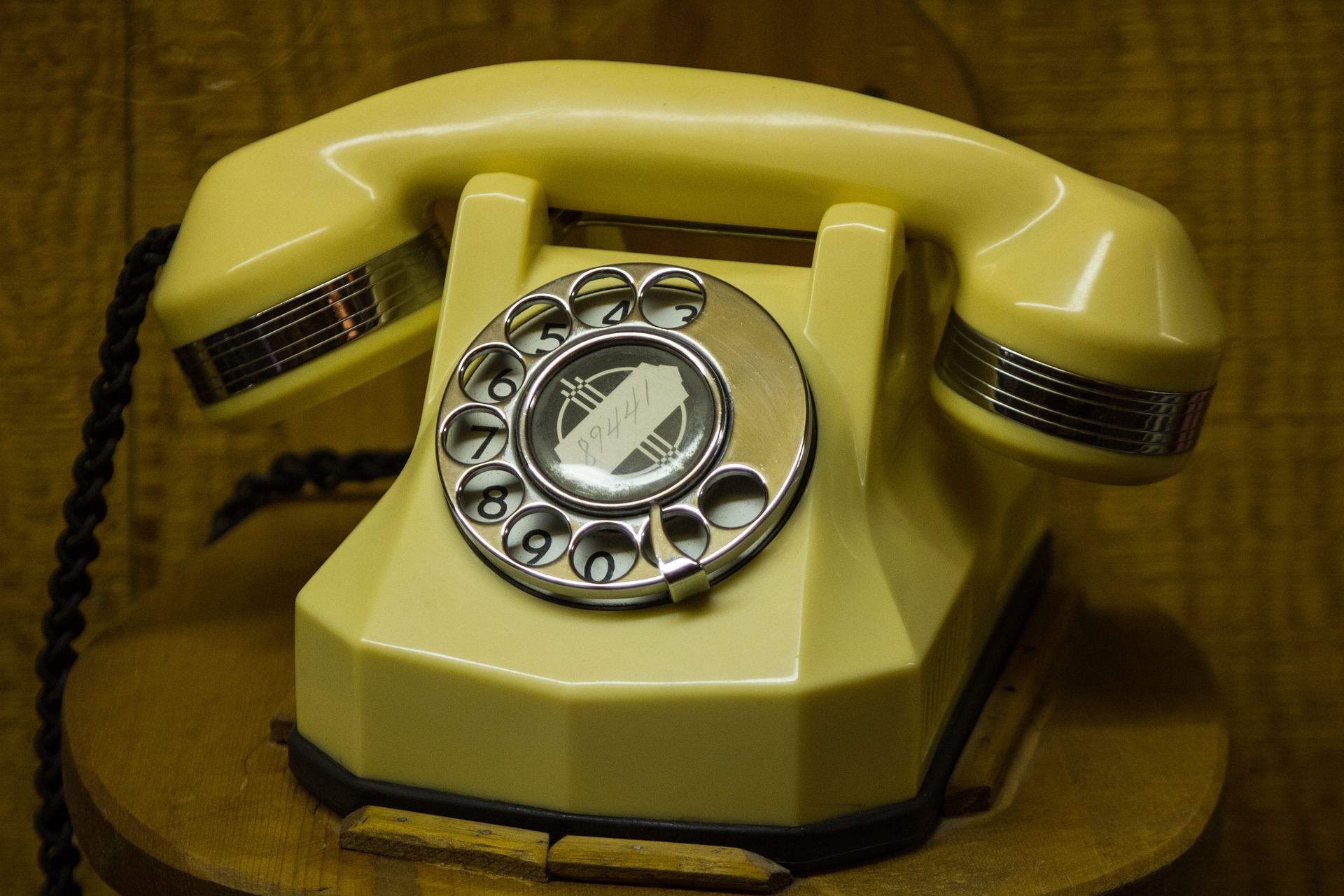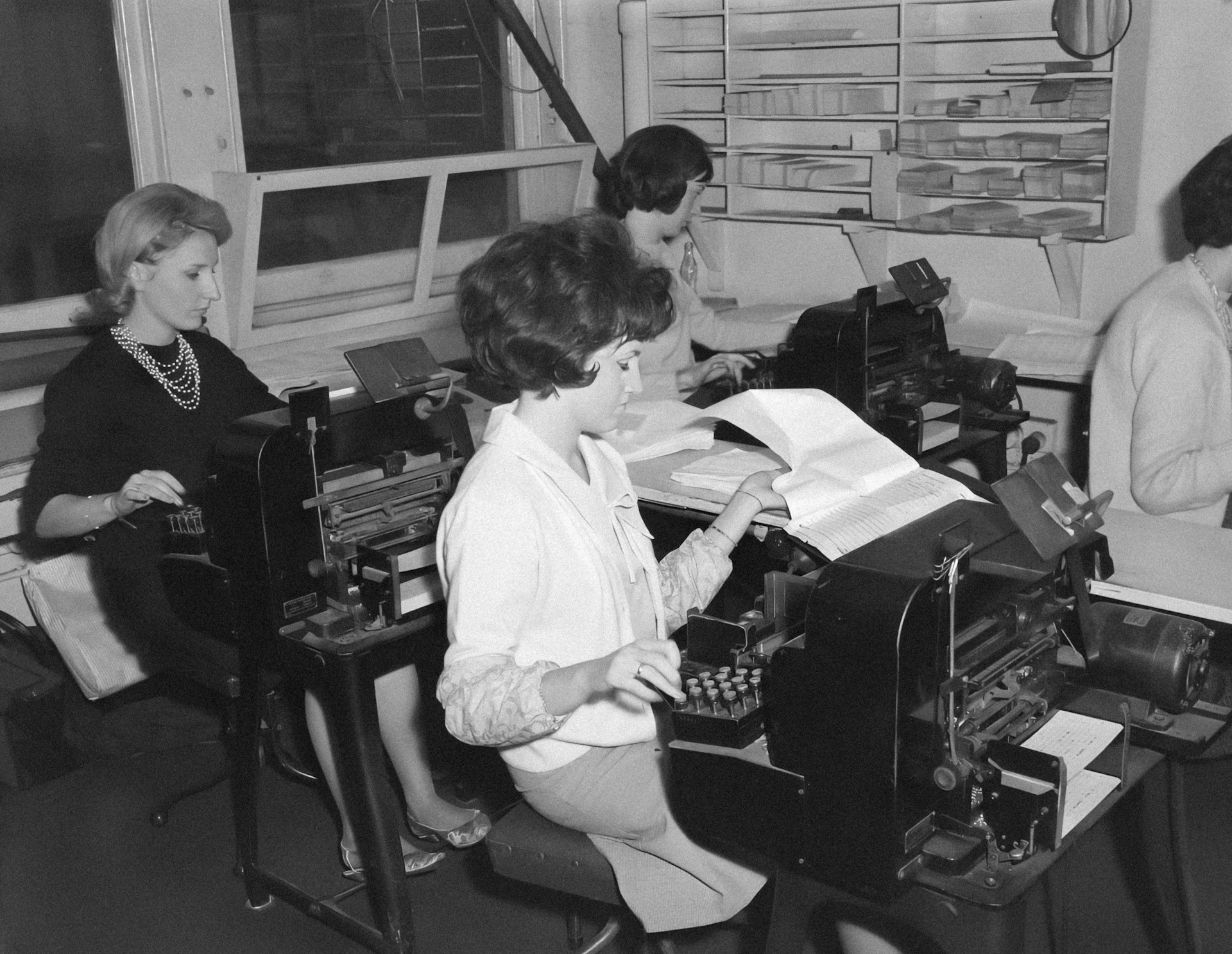
unsplash
As technology rapidly evolves, skills that were once essential for daily life and professional success can quickly become obsolete. These skills, though no longer in widespread use, laid the foundation for many of the modern conveniences we take for granted today.
Reflecting on these outdated skills offers a fascinating glimpse into how far we’ve come and underscores the relentless march of innovation. In this article, we explore 11 skills that were once cutting-edge but are now largely relics of the past, highlighting the contrast between then and now.
1. Typing on a Typewriter

123rf
Typewriters were the epitome of office efficiency in the 20th century. Mastering the typewriter was a necessary skill for secretaries and writers alike. Each clack of the keys marked progress, but today’s keyboards have replaced these once indispensable machines.
The advent of computers and word-processing software rendered typewriters obsolete, yet their legacy remains in the nostalgic clicks and clacks of mechanical keyboards favored by some. As technology advanced, the need for physical paper trails diminished, making typewriters a relic of a bygone era.
2. Navigating with a Map and Compass

unsplash
Before GPS became ubiquitous, mastering map and compass navigation was essential for travelers, hikers, and explorers. This skill demanded a thorough understanding of topography and orientation. Today, digital maps and GPS devices provide real-time location data, simplifying navigation to a few screen taps.
While the basics of using a compass remain relevant for survivalists, the average person rarely relies on these tools. The transition from physical maps to digital interfaces underscores our shift toward convenience and real-time data.
3. Handwriting in Cursive

pixabay
Cursive handwriting was once a hallmark of a good education, symbolizing sophistication and literacy. Schools dedicated hours to teaching students the elegant loops and swirls of cursive writing. However, the rise of digital communication has diminished the importance of this skill.
Today, typing and texting dominate, and many schools have phased out cursive from their curriculums. Despite its decline, cursive retains a certain charm and is still used in signatures and decorative writing, reminding us of its historical significance.
4. Operating a Manual Transmission

unsplash
Driving a stick shift was once a rite of passage, especially in regions where manual cars were predominant. Understanding the intricacies of clutch control and gear shifting provided a sense of connection between the driver and the machine. However, automatic transmissions have largely taken over, offering convenience and ease of use.
While manual cars are still cherished by automotive enthusiasts for their performance benefits, the majority of drivers today opt for automatics. This shift highlights our preference for ease and accessibility in everyday tasks.
5. Developing Film Photography

123rf
The art of developing photographs in a darkroom was a meticulous process that required both skill and patience. Photographers needed to master techniques like exposure, developing times, and chemical mixing. The digital photography revolution has all but eliminated the need for these darkroom skills.
Instant image review and editing software have replaced the time-consuming darkroom processes. Despite this, film photography has seen a resurgence among hobbyists who appreciate its aesthetic and tactile qualities, preserving the craft in a niche market.
6. Making Phone Calls on a Rotary Dial

pixabay
Rotary dial phones, with their distinctive circular design, were once the standard in homes and offices. Mastering the technique of dialing numbers without making mistakes was a basic skill. Today, smartphones and touch screens have rendered rotary phones obsolete.
The transition to digital communication has made dialing as simple as tapping a contact’s name. While rotary phones are now considered vintage items, they remind us of a time when communication required patience and precision.
7. Using a Card Catalog in a Library

123rf
Card catalogs were the gateway to finding information in libraries before the digital age. Users had to understand the Dewey Decimal System and navigate through countless index cards. Modern library systems have digitized these records, allowing instant searches and easy access to materials.
While card catalogs have been phased out, their legacy lives on in the meticulous organization of digital databases. This evolution reflects our desire for efficiency and the seamless retrieval of information.
8. Programming in Assembly Language

123rf
In the early days of computing, assembly language programming was a fundamental skill for developers. This low-level language allowed programmers to write instructions that the computer’s hardware could execute directly, requiring a deep understanding of the machine’s architecture and memory management.
Each line of code translated into a specific machine instruction, making the process both intricate and time-consuming. However, this provided unparalleled control and efficiency, which was crucial for the limited computing power available at the time.
As high-level programming languages like Python, Java, and C++ gained popularity, the need for assembly language knowledge diminished. These newer languages abstracted much of the hardware complexity, allowing developers to focus on solving problems rather than managing system resources.
This shift democratized programming, making it accessible to a broader audience and accelerating software development. Despite this, assembly language remains relevant in specialized fields such as embedded systems, where performance and efficiency are paramount, and in game development, where fine-tuning hardware performance is often necessary. Its continued use in these niches underscores the balance between simplicity and control that assembly language offers.
9. Using a Slide Rule

123rf
Before electronic calculators became ubiquitous, the slide rule was the quintessential tool for engineers, scientists, and students. This analog device, often made of wood or plastic, allowed for quick and accurate calculations, ranging from basic arithmetic to complex logarithmic functions. Mastery of the slide rule required understanding its scales and the ability to perform precise manipulations, which were critical skills for problem-solving in technical fields.
The advent of electronic calculators and, subsequently, digital devices, rendered the slide rule obsolete almost overnight. These new tools provided faster, more accurate calculations with less effort, freeing up intellectual resources for more creative and analytical tasks. Today, the slide rule serves as a historical artifact, a tangible reminder of the ingenuity and precision that characterized pre-digital engineering and scientific practices.
10. Transcribing Shorthand

unsplash
Shorthand was once an indispensable skill for secretaries, court reporters, and journalists. This symbolic writing method enabled rapid note-taking by using a system of abbreviations and symbols to represent common words and phrases. Mastery of shorthand allowed for the efficient recording of information during fast-paced meetings or dictations, ensuring that no detail was lost.
With the rise of digital recorders and voice-to-text software, the necessity of shorthand has dramatically declined. These technologies offer speed and accuracy, allowing for real-time transcription and easy sharing of recorded content. Typing and digital transcription tools have become the standard, providing a seamless way to capture and distribute information.
While shorthand still holds value in certain professions, its widespread use has diminished significantly. The transition to digital tools reflects our ongoing pursuit of efficiency and accuracy in information management, making shorthand a specialized skill rather than a general necessity.
11. Repairing Vacuum Tubes

unsplash
Vacuum tubes were once the backbone of electronic devices, from radios to early computers. Understanding how to test and repair these components was crucial for technicians. The invention of the transistor and later the integrated circuit revolutionized electronics, making vacuum tubes nearly obsolete.
Modern electronics are more reliable and compact, reducing the need for manual repairs. However, vacuum tube technology still finds use in specific areas like high-end audio equipment, where enthusiasts appreciate its unique sound quality.
Times Keep Changing

unsplash
The rapid pace of technological advancement continually reshapes the skills we consider essential. While many once-cutting-edge skills have faded into obscurity, they lay the groundwork for the innovations we enjoy today. Understanding this evolution helps us appreciate the ingenuity of the past and prepare for the future. Stay curious and adaptable, and you’ll be ready to embrace the next wave of technological progress.
Stephen began his career as a Research Assistant at a reputable middle-market private equity firm, where he honed his skills in market research, financial analysis, and identifying investment opportunities. He then transitioned to full-time financial writing focusing on small-cap biotech innovation and digital payment solutions. Today, Stephen is a value-based retail investor and novice baseball statistician.